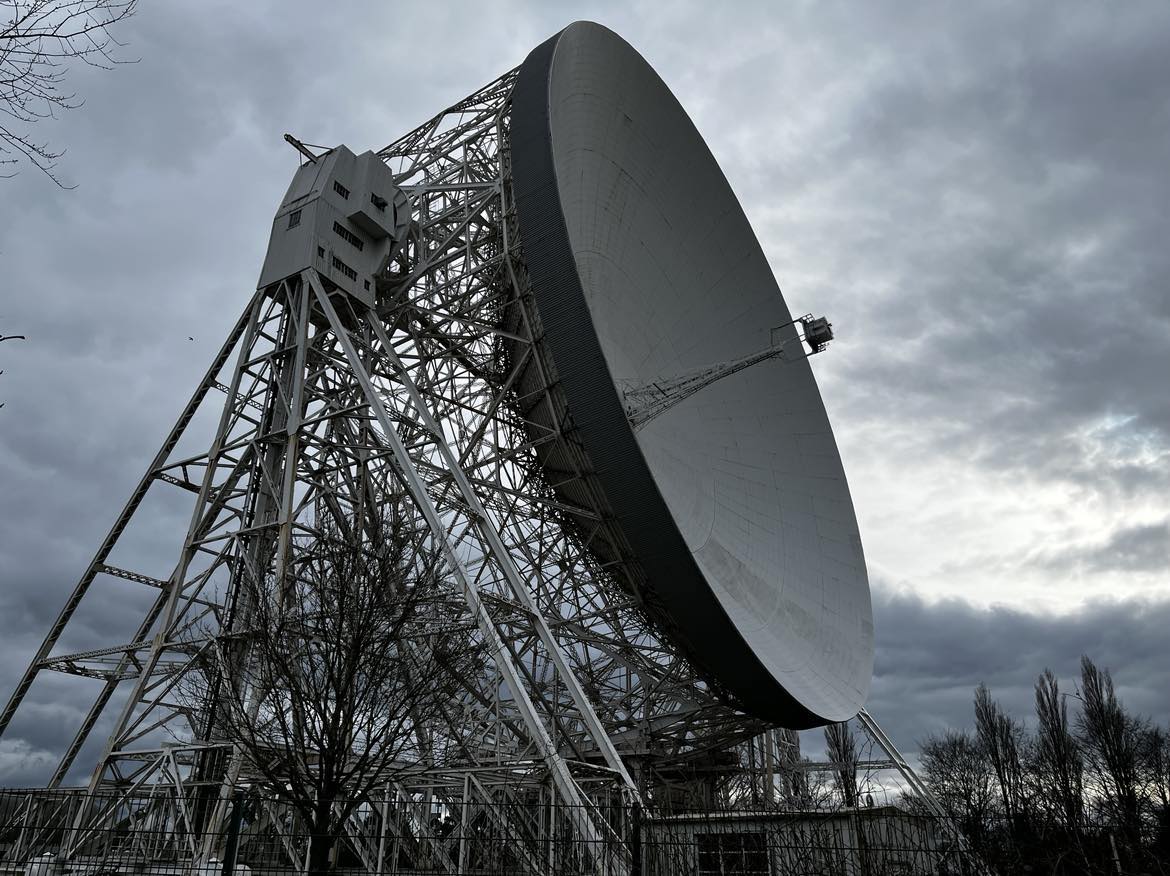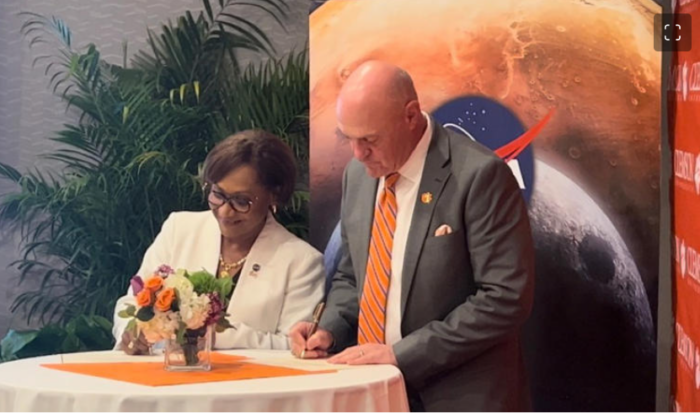Think of the satellites orbiting Earth as floating computers in the vast reaches of space. Their primary task is to gather and disseminate information, forming an intricate constellation of data exchange that galvanizes the world’s communication networks. Indeed, the process of satellite communication—particularly how they interact with each other—is revolutionary in its own right. Following the Memorandum of Understanding signed between Intelsat and Aalyria to advance multi-orbit connectivity, and the cooperation announcement between Skyloom and Satellogic to use optical communications for Earth observation data delivery, this article aims to shed light on this fascinating process.
Firstly, it is important to understand that contrary to popular belief, satellites do not directly communicate with each other under normal operations; instead, they typically send signals back to an Earth station or ground receiver, which then transmits the data to the next satellite. However, inter-satellite communications, which bypass this terrestrial component, are crucial for certain missions and systems.
Most communication satellites primarily use radio frequencies for inter-satellite linkages, specifically the high-frequency portion of the electromagnetic spectrum. The spectrum is divided into different bands, including C-band (4-8 GHz), Ku-band (12-18 GHz), Ka-band (26-40 GHz), X-band (8-12 GHz), among others. These bands correspond to different frequencies – and wavelengths, of course -, with each having advantages and disadvantages. For example, while the C-band has a lower frequency and can penetrate through weather disturbances, Ka-band offers higher frequencies, hence, wider bandwidths and data rates, however, the latter can be disrupted by prolonged heavy rains.
The modus operandi begins with the conversion of the data into a format suitable for transmission. The data then gets bundled into a radio wave and sent towards the appropriate satellite. An onboard transponder receives the wave, amplifies it, modifies its band, and sends it back to a ground station or to another satellite. How fast do these radio waves travel, you ask? As radio waves are part of the electromagnetic spectrum, they travel at the speed of light: 299,792,458 meters per second.
Recent advancements in technology gave us another way for satellites to communicate with each other, and that is through optical communications. Optical communication terminals (OCTs) use higher frequency, shorter wavelength infrared light to transmit data, enabling faster data transfer compared to traditional radio frequency methods. This technique uses lasers to convert data into a light beam, directed towards a receiver on another satellite or back to Earth.
Optical communication provides several advantages. The most obvious is the significantly higher data rates it entails: NASA reported that in April this year, they achieved 200 Gbps throughput between a laser communication satellite and Earth. Another merit is it allows more compact and lighter space-borne communication equipment, as they use less energy and therefore do not need large solar panels. OCTs also mean more secure data transmissions as the signal is virtually impossible to jam. Furthermore, this security can be enhanced by implementing Quantum Key Distribution (QKD) protocols.
However, optical communications also have their hurdles. Laser beams necessitate higher pointing accuracy due to their smaller beam divergence, compared to radio frequency signals. Moreover, optical beams can be more impacted by Earth’s atmosphere, with water vapor and other atmospheric particles sometimes absorbing or scattering the light and causing signal loss.
Advanced networks like the European Data Relay System (EDRS), known as the ‘SpaceDataHighway’, blend both techniques. EDRS utilizes inter-satellite laser links for near real-time, high-speed data relay and leverages the existing network of ground-based radio links for control and much of the actual data downlink.
Tech companies and space agencies worldwide are investing in improving inter-satellite communication. SpaceX, for instance, has already incorporated laser communication into its Starlink satellite network, aiming to establish a mesh network of satellites and reduce dependence on the ground station. The Space Development Agency (SDA) and the aforementioned Aalyria and Skyloom; Mynaric and TESAT are also among those utilizing the technology.
Satellite communication plays a pivotal role in the way we live, work and interact, and the budding advancements in this sphere confirm a future marked by increased satellite autonomy and more reliable space-to-earth data exchange. Understanding the ways in which these cosmic machines communicate lets us appreciate the complex dance of data that shapes our technologically vibrant lifestyles.
Lovell Radio Telescope at Jodrell Bank Observatory, UK. The 76-meter-diameter telescope weighs 3,200 tonnes. Credit: Ria Urban
Share this article:








